Buy or gift a digital subscription and get access to the complete digital archive of every issue for just £18.99 / $23.99 / €21.99 a year.
Buy/gift a digital subscription Login to the Digital EditionWhen David Wheeler set out to satisfy his craving to explore Turkish gardens, he was guided by a diverse cast of committed Istanbul citizens. What he discovered were myriad horticultural havens, from Byzantine market gardens to Ottoman cemeteries, from wooded Bosphorus yalıs to riotous urban parks — many of them under imminent threat
Back in March 2011, in what now seems an impossibly ambitious undertaking, I was camera-hunting rare irises on the Golan Heights and looking at gardens in Tel Aviv, Haifa and Jerusalem. It was the first research trip for a book I wanted to write on gardening in the Levant – from Alexandretta (modern-day Iskenderun) in southeast Turkey, to Alexandria in northern Egypt, taking in Lebanon, Jordan and Palestine. The epicentre of my proposed opus would be the Fertile Crescent, involving long stays in Syria over the next few years. Well, we know what happened there… and the project was necessarily abandoned.
I couldn’t, however, turn my back entirely on that part of the world, and regret was slowly overtaken by excitement and intrigue as I recalled a dawn glide down the Bosphorus in the autumn of 2008. Through binoculars from the deck of a small cruise ship returning from Ukraine (lecturing on gardens as part of the ship’s onboard cultural itinerary) I marvelled at numerous old houses and yalıs, shaded by cedars and pines of venerable splendour, suggesting the existence of secluded and perhaps little-known gardens.
Long-term commitments prevented any immediate return to Turkey but in the spring of 2012, as leaves on Istanbul’s plane trees slowly unfurled, I began the prospect of writing about its public parks and gardens, its threatened bostans (community vegetable gardens), hoping primarily to discover a cache of private horticultural havens struggling for supremacy in the concrete jungle or at verdant ease along the Bosphorus shores. While my focus is mainly post-Ottoman I cannot ignore gardens surviving from earlier times or, where hallowed trees still stand, cemeteries and mosques, setting my own boundaries north and south, from the Black Sea to the Princes Islands.
As a stranger, armed with little more than a Turkish dictionary, a map and a clutch of city guidebooks, I began my quest. Unlike the many countries where for more than a decade I have led specialist garden tours, Turkey could not provide a ready-made list of “must-see” gardens. I was starting from scratch in a city where, from a casual glance, any serious gardening seemed to have stopped abruptly a hundred years ago. Yet, so rich was that Ottoman heritage that I refused to believe I couldn’t find enough to satisfy my own Turkish garden cravings – let alone those of today’s many tourists thirsty for foliage and flowers.
With just two days left in Istanbul on that first extended trip, I went to Koç University to meet Scott Redford, who began to unlock doors on my behalf: most importantly that of Nihat Gökyiğit.
If, as an elderly Turkish gentleman sipping tea near Taksim Square told me, “a man can remember a woman with a single flower”, how much more romantic is it to recall her with a whole garden – more than 80 acres of it? Such is the gesture made by the businessman and philanthropist Nihat Gökyiğit in memory of his late wife, Nezahat, and you would be forgiven for thinking it the act of a bejewelled grandee from the Ottoman Empire’s glittering past.
But Nihat Bey is alive and as well as any man in his late eighties can be. On my last full day in the city we met at his office, which he frequents, though far beyond retirement age, as chairman of the board of Tefken Holding, Turkey’s largest firm of construction engineers. We became acquainted over toasted sandwiches and tea before setting off across the Bosphorus to the Nezahat Gökyiğit Botanic Garden (NGBG), a miracle of entrepreneurial horticulture under the directorship of Adil Güner, straddling – improbably – the intersection of two thundering motorways amid a forest of new apartment buildings and the recently completed Mimar Sinan Mosque at Ataşehir, some 20km from the city centre.
Among the NGBG’s glories are the tunnels that connect its various sections, each one an island, each devoted to different styles of gardening and different kinds of plants. One, perhaps 100 metres long, displays reproductions of pieces shown at the Istanbul 2010 European Capital of Culture exhibition. Subtly yet forcefully, each picture demonstrates Turkey’s universal exploitation of floral (especially tulip) and foliar imagery – from both realistic and stylised botanical illustration to landscape and miniature paintings, ceramics, clothes and shoes, soft furnishings, furniture, domestic and marine architecture, jewellery, clocks and tableware. All human needments are embodied, beyond life itself too, in the decoration of tombstones and, chillingly, such instruments of death as daggers, swords and gunstocks. The Ottomans were obsessed by plants and flowers and the skill of its artists and craftsmen was unrivalled. (Doubters might start with Orhan Pamuk’s My Name Is Red.)
For an authoritative account of the Empire’s horticultural brilliance there’s Nurhan Atasoy’s A Garden for the Sultan (Kitapyayınevi, 2011), a book of great beauty and learning. Present-day Turkish designers are free from the confines of what Professor Atasoy describes as being “Ottoman” gardens seen partly in the Islamic mould. “In their westward migrations to seek land that was more fruitful than the arid steppes of Central Asia,” she says, “the Turks brought with them many of their ancient traditions” and, one might add, many plants from countries plundered en route. “Anatolia,” the professor explains, “is a land-bridge linking the flora of southern Europe on the one hand and that of southwest Asia on the other.”
Today’s Istanbul gardeners, in a climate sweetened by lapping water on three sides, can successfully grow a range of plants from two mighty continents, plus almost anything from their own catalogue of native flora, richer by far than any found in neighbouring states. Moreover, foreign travel, books and magazines are influencing a younger generation of garden designers, especially those hired by private clients (who may not be Turkish) or who seek merely to green-up an urban roof terrace.
Regrettably, an overcrowded Istanbul cannot provide new houses with large individual gardens, although in a meeting with Ihsan Şimşek, head of the city’s parks department, I was assured that current and proposed developments are being given recreational green spaces.
I have now made detailed notes about some of Istanbul’s better-known palace gardens (supremely Topkapı) and the city-owned Yıldız and Emirgan parks, where a vibrant style of municipal bedding-out appears to please the visiting hordes. Emirgan Park is lately revived by the conversion of old brick stables and carriage houses to accommodate the new Istanbul Lale Vakfı (Tulip Foundation): in its grounds the famous Tulip River is replanted each autumn with thousands of bulbs in advance of the citywide annual Tulip Festival.
I spent time at Istanbul University’s now sadly doomed 1930s Alfred Heilbronn Botanic Garden by the Süleymaniye Mosque, on a prized (and therefore super-valued) site overlooking the Golden Horn. Up in the Belgrade Forest, near Bahçeköy, a 45-minute Number 42 bus ride from Taksim Square, I combed the paths that delineate the species-rich Atatürk Arboretum in the company of the botanist Rahim Anşim. Within the book-lined walls of Nurhan Atasoy’s city-centre apartment I learned how today’s gardening is linked to the past, and from designer Gürsan Ergil, one of whose latest commissions is a garden for the new Turkish Embassy in Mongolia, I took the pulse of contemporary horticultural trends.
If those were some of my sunnier moments, then my darkest hour was spent on the Saturday afternoon of June 15 in Gezi Park. Threats to these few acres and their indispensable shade trees triggered the “riots” that much hampered my second summer visit this year. Yet, with the memory of teargas in my eyes I am eager to return, to trawl the city again, to peep behind locked gates and over high walls, to talk to gardeners young and old – all in search of Istanbul’s elusive parks and gardens.
David Wheeler is the founding editor of the international English-language gardening quarterly Hortus www.hortus.co.uk
In 2009 he was presented with the Royal Horticultural Society’s Gold Veitch Memorial Medal
For more information about the Nezahat Gökyiğit Botanic Garden, ngbb.org.tr/en
Two illustrated books about Ottoman gardens are available from cornucopia.net: ‘Gardens and Flowers of Istanbul’ (the catalogue of the botanic garden’s poster exhibition), at £25, and ‘A Garden for the Sultan’, by Nurhan Atasoy, at £60.
SPECIAL OFFER: order five beautiful garden-themed issues, including this one, for only £80. List price £122
The Grand Bazaar: From Iznik to Armani, objets d’art to handloomed carpets: the choice is yours
In his 40-year career, Sinan (1489–1588) transformed the Istanbul skyline. Here we explore three of the chief imperial architect’s masterpieces from the golden age of Süleyman the Magnificent. Photographs by Fritz von der Schulenburg
Justinian’s soaring edifice inspires the same awe today as it did in visitors a millennium ago who wondered if this were Heaven or Earth. Setting out on a tour of the city’s best-preserved Byzantine churches, Robert Ousterhout still senses an air of the miraculous in Ayasofya
The long-awaited Naval Museum has many wonders to reveal, but nothing to compare with the fabulously ornate imperial barges
From a trusty staple to the stuff of feasts, beans are at the very heart of Turkish cuisine. How did we ever live without them?
In a vivid, impressionistic portrait of the Byzantine city, Robert Ousterhout uncovers the history of Byzantium in ten objects, explores the soaring edifice of Ayasofya and picks four of the city’s most inspiring smaller churches.
Take in the Topkapı, where the sultans held sway in secluded grandeur. Saunter round Sultanahmet and the Hippodrome: make the most of the mosques, monuments and museums. Get the buzz of the bazaar: where to snap up covetable collectables and cheerful bargains
Deep in the industrial outskirts of Istanbul, Griselda Warr enters an Aladdin’s cave of Anatolian treasures. Photographs by Fritz von der Schulenburg
AyşeDeniz Gökçin’s musical creations combine the rock-star appeal of Franz Liszt and the psychedelic/progressive brilliance of the band Pink Floyd. Tony Barrell found this prodigiously talented young pianist a force to be reckoned with. Photograph by Charles Hopkinson
John Carswell solves the mystery of the ‘lemon squeezer’ that wasn’t
In a decade of monitoring Turkey’s burgeoning wine industry, Kevin Gould has never been more impressed. He and the Cornucopia tasting team enthusiastically sampled this year’s top bottles and nominated their favourites
It is a joy to explore. New universities, a new museum, and a growing band of new aficionados who have invested modest means in old houses, have created a wonderful sense of optimism. But the ancient waterfront is in the eye of the storm, with many quarters due to be bulldozed and the threat of a hideous new marina. Enjoy it while you can
Give yourself over to the grit and bustle of Eminönü’s waterside markets, then ascend to Sinan’s sublime hilltop mosques – the awesome Süleymaniye and the haunting Şehzade. In their shadow is the exuberantly tiles Rüstem Pasha Mosque. Cornucopia devotes 24 pages to this vibrant area, with features on Eminönü and the Suleymaniye district with photographs by Jürgen Frank, and a guide to the mosques beautifully depicted by Fritz von der Schulenburg
Hidden away in one of Istanbul’s least prepossessing neighbourhoods is a walled garden surrounding a dream of a kiosk – a favourite of many sultans.
Within the deepest reaches of the palace lies the very seat of the sultans’ power
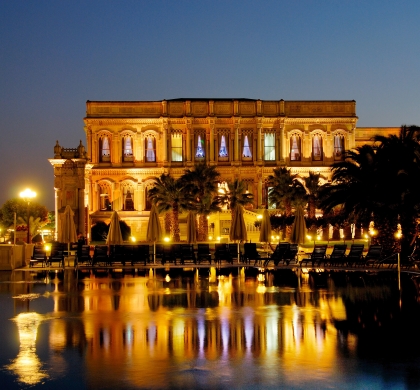
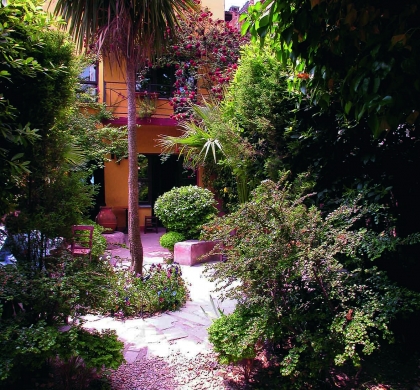
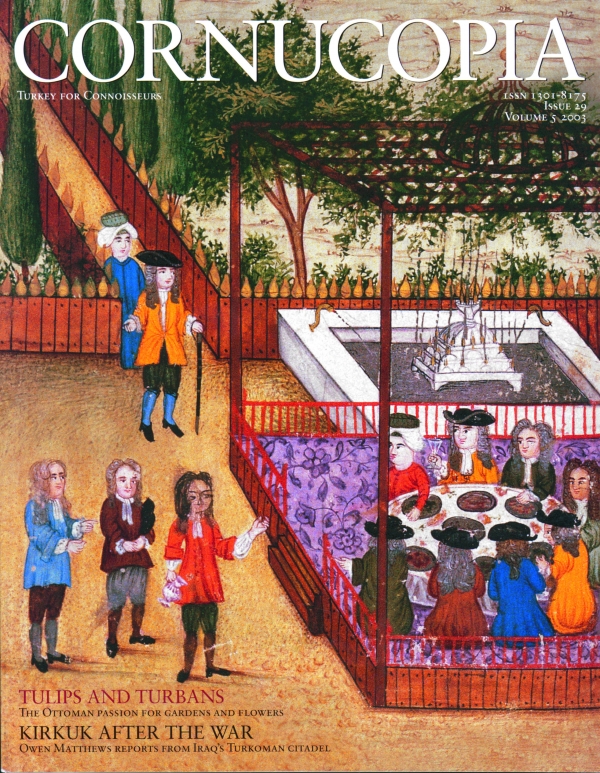
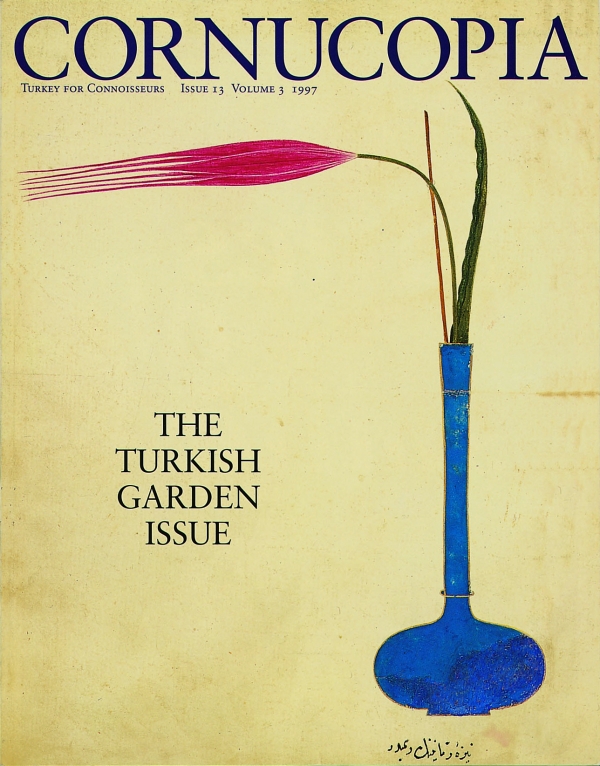
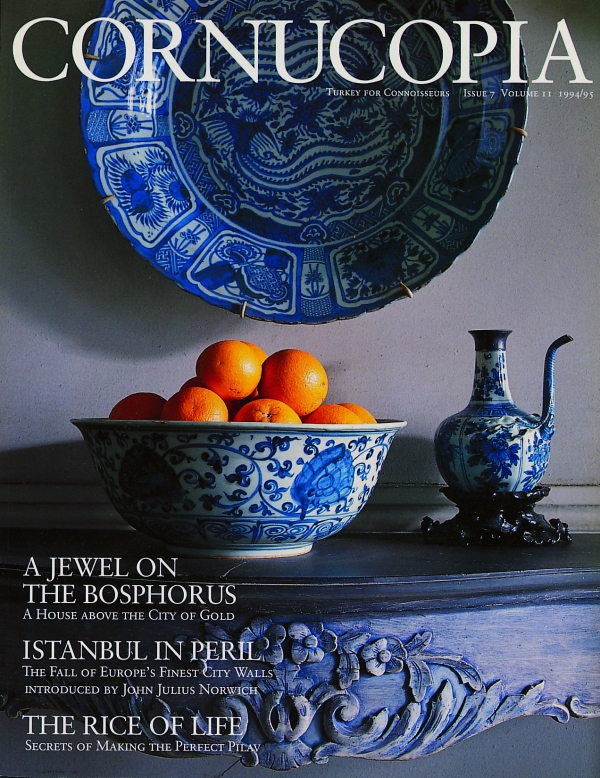

Cornucopia works in partnership with the digital publishing platform Exact Editions to offer individual and institutional subscribers unlimited access to a searchable archive of fascinating back issues and every newly published issue. The digital edition of Cornucopia is available cross-platform on web, iOS and Android and offers a comprehensive search function, allowing the title’s cultural content to be delved into at the touch of a button.
Digital Subscription: £18.99 / $23.99 (1 year)
Subscribe now